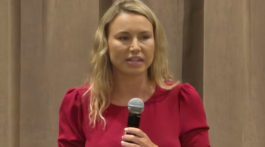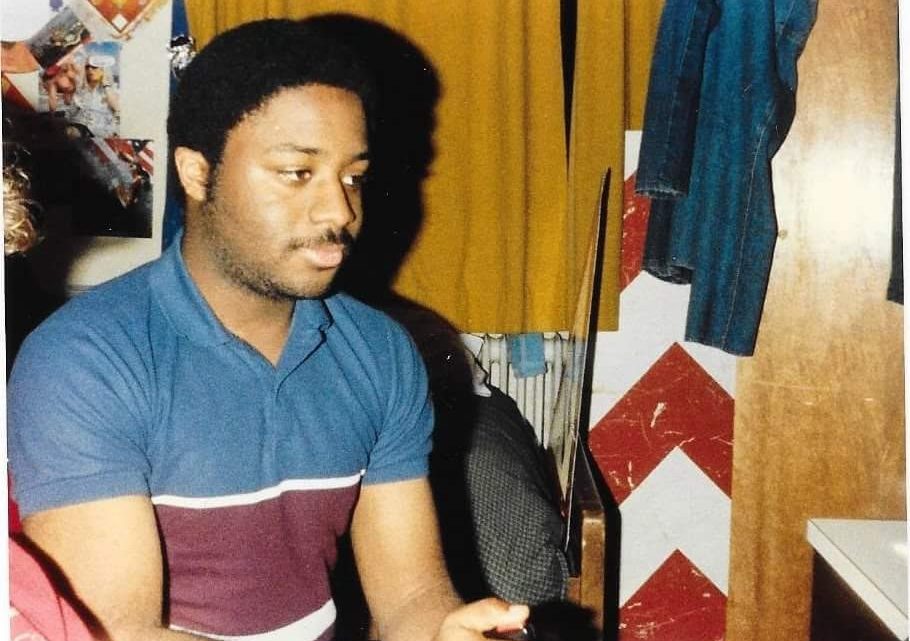By Abdul Hakim-Shabazz
I originally used this title in a 2014 column on affirmative action. It’s based on a book written by Yale Law Professor Stephen L. Carter. It was published in 1992, during my last year as an undergraduate at Northern Illinois University.
In it, Carter talks about being both the beneficiary of affirmative action, but also a victim.
He argued that affirmative action started out with the best of intentions, but the end result has been twisted. I agree.
One of the basic premises of his book was that affirmative action was simply a way for whites to exercise their liberal guilt by handing out benefits to what he called “the best blacks” and then forgetting about the rest who likely needed the most assistance.
During my time as an undergraduate and graduate student, I freely admit that I made it a point to take advantage of whatever “white liberal guilt” or affirmative action program I could get my hands on. I did it because I had a keenly defined sense of self-interest and I was smart enough to figure out the system and make it work for me; which by the way has been a staple of my personality all my adult life. Meanwhile, the not so bright, aggressive or ingenuitive people of color had to struggle.
I figured if you’re going to feel bad about something you had no control over the least I could do is make you feel better by giving something to me. (Luckily I have grown and matured since then, but not much.)
I bring this up due to the recent decision by Texas Tech to end its affirmative action program for medical students. I don’t see it as the end of the world, I see it as opening up more opportunities for those African-Americans and people of color who aren’t as inclined to play the game as their more politically sophisticated contemporaries.
Decisions like this will actually allow more people to get access to higher education who really want to pursue it while still helping those economically challenged people of color.
Look at who benefits the most from affirmative action college admission programs in the 21st Century. It is usually more well-educated, well-off African Americans.
In my own family, my niece who attends Ohio State University will be the third generation in my family with an advanced degree – my Dad, along with two of my brothers have reached that goal, one of which just a few weeks ago. Her parents had the financial resources to send her to school, she had the drive and the initiative to do the rest and she had a support system from those of us who had been down that road.
People of color like us don’t need affirmative action, to be honest.
However, there are a lot of folks who do. So here’s a thought: Instead of using race in college admissions, I have always believed using income and geography would get you a better result.
Colleges and universities could really reach those bright students who come from low-income areas and give them access to higher learning. Because to be honest, I really don’t think a wealthy black kid from the affluent Hyde Park neighborhood in Chicago should get an extra boost over a poor kid white kid from rural Appalachia.
Now don’t get me wrong, I do believe diversity is a good thing. However, do we achieve a more diverse society by bringing in folks from all walks of life and giving them an opportunity? Or do we just want a bunch of “Cosby kids” to reap the rewards and benefits so they can pass them on to their children?
The point of affirmative action of 45-50 years ago was to provide an opportunity for people who had traditionally been left on the margins of society, but who had the drive, ambition, and the smarts to want to achieve. That was a laudable goal then and it still is today.
We just need to do it a little differently.
Abdul is an attorney and the editor and publisher of IndyPoltics.Org. His opinions are his own, but you are free to adopt them.











